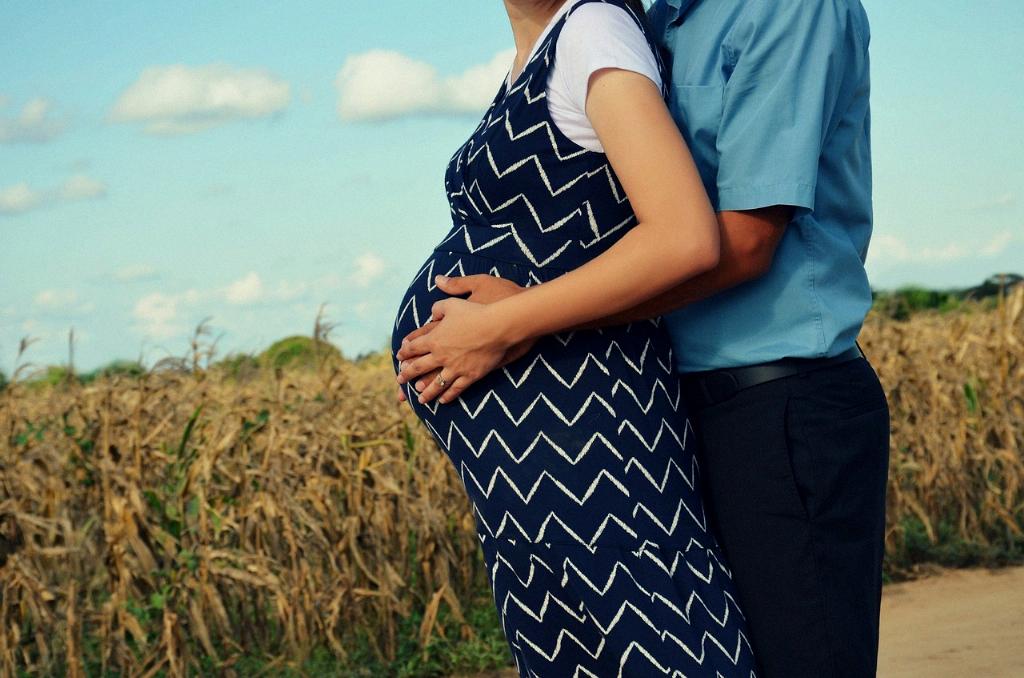After undergoing a dilation and curettage (D&C) procedure, many individuals wonder about the timeline for the regeneration of the uterine lining. Research suggests that the endometrium, the inner lining of the uterus, may need around 6 months to fully recover its normal reproductive functions, including the ability to support a pregnancy leading to live birth and maintain a healthy placental environment.
Impact of D&C on Endometrium
The impact of D&C on the endometrium is crucial to understand for those curious about the rebuilding process. It’s essential to note that the extent of damage to endometrial function following D&C may not be solely determined by the thickness of the endometrium. Other factors such as vascular changes, receptivity, and cellular composition play key roles in the recovery timeline.
Initial Healing Phase
Following a D&C procedure, the uterus goes through an initial healing phase where the endometrial lining starts to repair itself. This phase usually occurs in the days immediately after the procedure and involves the body initiating the process of regeneration and repair to restore the uterine lining to its normal state.
Cellular Regeneration
Cellular regeneration within the endometrium is a critical aspect of the rebuilding process. The endometrial cells undergo rapid turnover and proliferation to replace damaged tissue and restore the functionality of the uterine lining. This phase of cellular renewal is essential for preparing the endometrium for future reproductive tasks.
Role of Hormones
Hormones play a significant role in the recovery of the uterine lining post-D&C. Hormonal balance, particularly estrogen and progesterone levels, influences endometrial thickness, vascularization, and receptivity. Achieving hormonal equilibrium is vital for promoting optimal healing and regeneration of the endometrium.
Endometrial Thickness Monitoring
While endometrial thickness is often used as a marker for assessing uterine lining health, it may not always accurately reflect the functional capacity of the endometrium post-D&C. Monitoring endometrial thickness through ultrasounds can provide insights, but comprehensive evaluation of endometrial function involves considering other factors beyond thickness.
Reproductive Readiness
Rebuilding the uterine lining after D&C is crucial for restoring reproductive readiness. The ability of the endometrium to support implantation and pregnancy is a key aspect of recovery. This process involves not only physical healing but also ensuring that the endometrial environment is conducive to embryo implantation and development.
Implications for Fertility
Understanding the time it takes for the uterine lining to rebuild after D&C is essential for individuals seeking to conceive. Delayed endometrial recovery can impact fertility outcomes, highlighting the importance of post-procedure monitoring and evaluation to assess the readiness of the endometrium for pregnancy.
Patience and Care
Patience and care are key during the recovery period post-D&C. Allowing sufficient time for the endometrium to regenerate and heal is vital for promoting optimal reproductive health. Additionally, seeking guidance from healthcare providers can offer valuable insights and support throughout the rebuilding process.
Individual Variation
It’s essential to note that the timeline for uterine lining recovery after D&C may vary among individuals. Factors such as age, overall health, hormonal balance, and the specific circumstances of the D&C procedure can influence the duration of the rebuilding process. Each person’s journey to endometrial recovery is unique.
Long-Term Health Considerations
Considering the long-term health implications of uterine lining recovery is important for individuals who have undergone D&C. Ensuring that the endometrium fully regains its functionality and reproductive capacity can contribute to overall reproductive health and well-being in the future.
Conclusion
In conclusion, the rebuilding of the uterine lining after D&C is a complex process that involves cellular renewal, hormone regulation, and reproductive readiness. Understanding the factors influencing endometrial recovery and actively supporting the healing process through monitoring and care can help individuals navigate the post-procedure period effectively. Patience, attention to hormonal balance, and collaboration with healthcare providers are essential elements in promoting optimal uterine lining regeneration and overall reproductive health.

